We kindly offer everyone to turn our eyes again to the East which from time immemorial has been considered the cradle of Wisdom and Knowledge. Let’s speak of Zoroastrianism and the predictions left by Zarathustra and reflected in the Avesta.
Zoroastrianism (Mazdayasna, Mazdaism) is a very old religion that was formed on the basis of the teaching of Prophet Zarathustra (Zoroaster). The teaching is based on the concept of spiritual and moral freedom of every human being as embodied in good thoughts, good words and good deeds. This religion emerged in the territory of Greater Iran (Persia). The main sacred book of Zoroastrianism is the Avesta (Zend-Avesta) which supposedly consists of 21 texts that have not been preserved in full. Two of those were discovered and translated only in the 18th century. Researchers believe the information now contained in the Avesta was considerably distorted and modified in the Middle Ages. No wonder, for on the basis of the initial Knowledge the religion was established with its strict rules, ethical provisions, rituals, feasts, and other mandatory attributes. According to Zoroastrianism, the name of Messiah is Saoshyant, which in translation from the Avestan language means “the Future Saviour”.
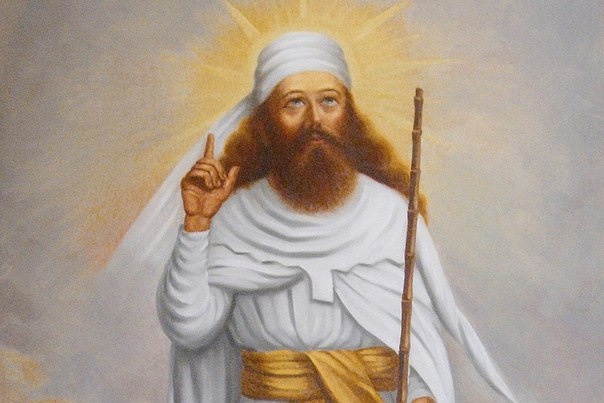
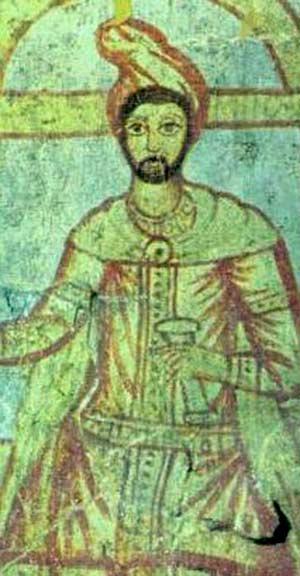
The name Saoshyant itself is found already in the Gathas (the Avestan hymns by Prophet Zarathustra) and was initially attributed to the name of Zarathustra himself: Ahura Mazda created the spiritual essence (fravashi) of Zarathustra in the beginning of existence and placed it in the stem of Haoma. Six thousand years later, when the fight between Good and Evil in the Universe became aggravated, Zarathustra was summoned to the earth to contribute to the victory of Good: he got incarnated in a body and was illumined with the heavenly light of the truth that symbolises fire (atar) in Zoroastrianism (Denkard 1:14; Zatspram 6:14). Dion Chrysostom (1st – early 2nd centuries AD) refers to a legend of how Zarathustra ascended a high mountain in search of the truth, and fire came down from heaven there, but Zarathustra got out of it, intact and enlightened with wisdom.
Later on, the name Saoshyant was attributed to the three “sons” of Zarathustra whom he “miraculously gave birth to after his death”. Let’s delve somewhat deeper into information that will give a general idea of Zarathustra’s three “sons”.
Here’s what the Avesta tells about the first of the Saoshyants:
"… To this I will respond to you as follows, o faithful Zarathustra,” Ahura Mazda said. “Once the henchmen of Ayshma (Violence, Rage) appear in the east, the first of the Saoshyants – Uhshyat-Ereta (Hushedar), your son – will be born from Lake Frazdanu. He will meet with me, the great Ahura Mazda, and at the same time the Divine Prince of the Kavi dynasty will be born. On the night when the prince is born,” Ahura Mazda continued, “a star will fall down from the sky above his birthplace. When he turns thirty years old, he will appear with a countless army armed with victorious weapons, and with numerous banners. At that, once the planet Ohrmazd-Jupiter occupies its highest position in the sky and Nahid-Venus goes down, that prince will become a sovereign.” (Bahman-Yasht)
The Rivayat (revelation, narration) contains a specification telling that Hushedar (the first Saviour) was to come 1,500 years after Zarathustra who had lived in the 15th century BC. Such an assumption was made based on linguistic analysis of the Avestan hymns.
Now, let’s refer to the information regarding the second Saoshyant (Messiah):
The age of Hushedar was to last for one thousand years, and in the next age there would appear the next Saoshyant – Uhshyat-Nema (“the Veneration-Growing”; Hushedar-Maha). “By that time people will possess plenty of knowledge, especially in medicine (Bahman-Yasht), and the Saoshyant will be met by Peshotanu, the pious immortal son of King Vishtaspa (in Avestan, Peshotanu, Pashutan means “the one who paid with his body”), who would await his advent together with his followers in the inaccessible mountain fortress Kandiz”. “… Peshotanu and his 150 faithful followers will set out with the words “humata – huhta – hvarshta, i.e. “good thoughts – good speech – good actions”, will perform sacred rituals provided for in religion, sing sacred prayers, and render homage to sacred fires. Then Peshotanu, Vishtaspa’s son, will set out, supported by three great fires whose names are Adur-Frobak, Adur-Gushnasp and Adur-Burzin-Mihr. He will ruin temples of idolaters, smash Ayshma and his devas, and brilliant Peshotanu will smash the Evil Spirit himself. When this happens, I, Ahura Mazda the Creator, accompanied by the Immortal Saints, will appear at the top of Mount Hukarya and order Yazatas to help Peshotanu. Wide-grazing Mithra, mighty Sraosha, righteously judging Rashnu, powerful Vertragna, victorious Asha, and Khvarna will set out in a single formation, and devas will beg for mercy. But there will be no mercy… Angra Mainyu will take to flight and hide himself in his hellish underground. At that, Mithra will order Peshotanu to complete his mission – annihilate devas and ruin idolatrous sanctuaries. Then Peshotanu and his 150 faithful followers will victoriously finish the mission. The Wolf Age will end, and the Sheep Age will begin. The sacred fires Frobak, Gushnasp and Burzin-Mihr will return to their places, to the temples where they have been burning since olden times.”
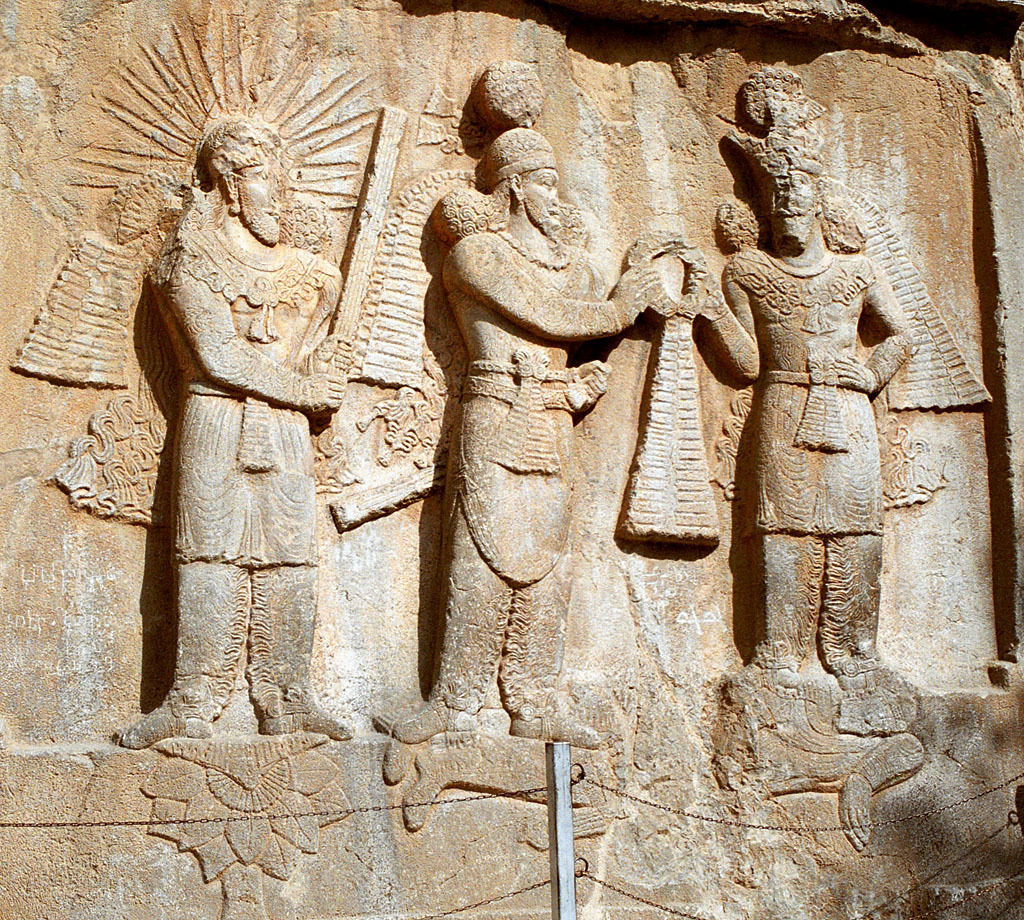
So, whose images do Zoroastrians see behind there two Saviours? Hushedar, the first Saoshyant, is associated with Jesus Christ whose birth was heralded by the Star of Bethlehem. He showed himself to people as the Saviour at the age of 30 and brought the True Knowledge to humanity.
The second Saoshyant after Jesus was Hushedar-Maha. As we can see, it is emphasized he was a master of healing. Some researchers believe that was Ibn Sina (Avicenna, 980-1033 AD). However, given the information recently revealed, we may assume the second Saoshyant was nobody but Agapit of Pechersk, the Unmercenary Physician who in fact was not just a doctor, but a true sage. As for the fight or battle described, it is most probably not a physical battle, but rather a fight against ignorance and human aspiration for material things. That is, what is meant is the revival and transfer of Knowledge through centuries, so that the Knowledge would not be totally lost. Moreover, his advent might have had another mission as well, which is unknown to us…
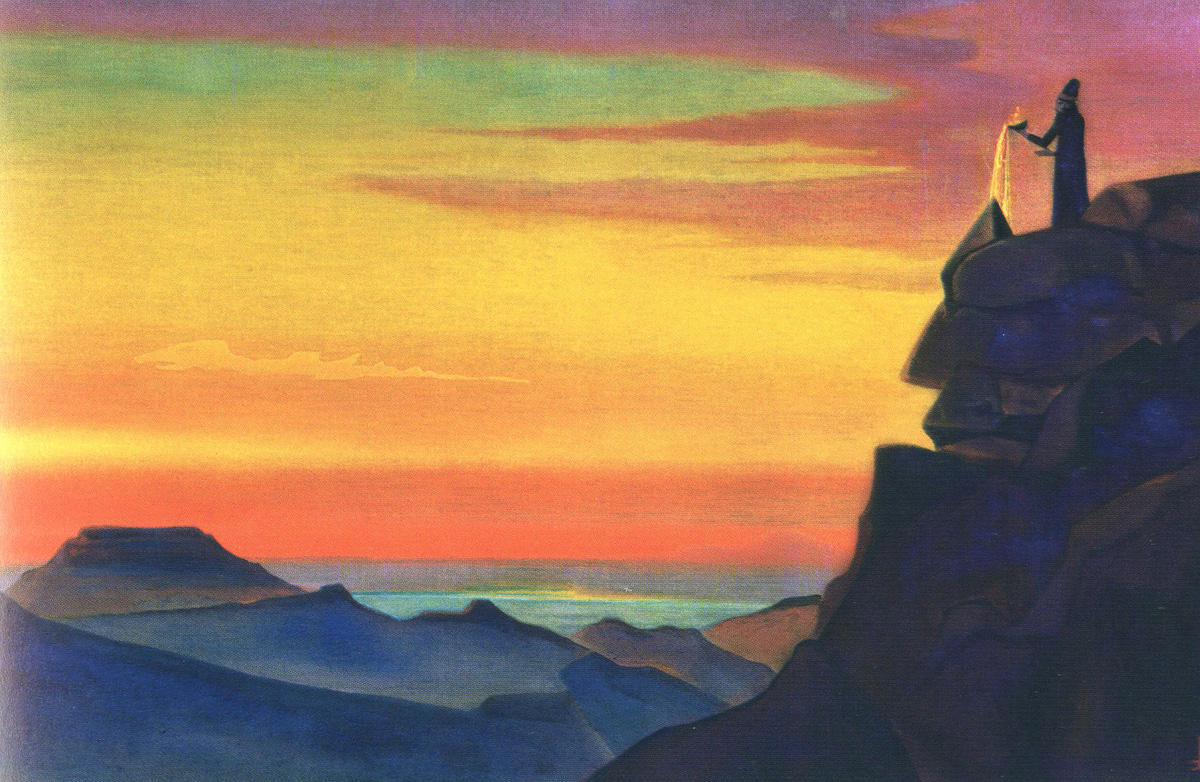
And here’s what the texts tell about the third Saviour – Saoshyant who is to appear in another one thousand years!!!:
Prophet Zarathustra left his semen at Lake Kasava (Kasaoya) where a beautiful, God-chosen maiden will bathe. Her name will be Vispa-Taurvairi (“the All-Triumphant”). She is the one to become the mother of the third Saoshyant – Astvat-Ereta (“the Implementer of the Truth”).
In those days when the third Saoshyant comes into the world, the golden chariot Mihra will stand still at the sky zenith for thirty days and thirty nights. When the Saoshyant descends to the earth from the kingdom of Infinite Light, he will first meet noble Kay Khosrow, glorious for his numerous feats. He will become an earthly king and will rule for fifty-seven years, whereas the Saoshyant will be his mobed, and when fifty-seven years pass everything will be ready for revival of the dead. Ahura Mazda will start his Frashkard (Frashokereti) – the final, ultimate battle against Evil, where Evil will be totally destroyed. Angra Mainyu and his devas will be defeated and annihilated, and righteous people will resurrect. All good creations of Ahura Mazda will gain eternal life.
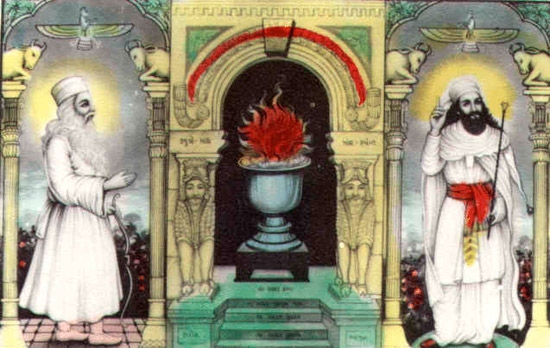
It should be added that the advent of exactly THREE Saviours (and the dates of their appearance in the world) is already later information. It was in the Middle Ages when the number of Saviours was increased to three. Furthermore, the later version of the Avesta was supplemented with a legend that Zarathustra’s semen was kept at Lake Kasava (Kasaoya) in the east. In the Middle Ages, they tried to link the third Messiah with the territory of Iran and associated this lake with Lake Hāmūn located in the southeast of present-day Iran. As for Zarathustra, he initially told about the only Saviour – Saoshyant (“the one who will bring benefit”) who is to come at the end of the Age of Confusion, save the world and undertake the final battle with Angra Mainyu (Ariman, Ahriman). The name of this Saviour, as it has been mentioned above, is Astvat-Ereta, which also means “the Implemented Righteousness”.
Let’s refer to Yasht 19 of the Avesta:
88. We sacrifice unto the awful kingly Glory, made by Mazda...
89. That will cleave unto the victorious Saoshyant and his helpers, when he shall restore the world, which will (thenceforth) never grow old and never die, never decaying and never rotting, ever living and ever increasing, and master of its wish, when the dead will rise, when life and immortality will come, and the world will be restored at its wish;
90. When the creation will grow deathless, – the prosperous creation of the Good Spirit, – and the Druj shall perish, though she may rush on every side to kill the holy beings; she and her hundredfold brood shall perish, as it is the will of the Lord…
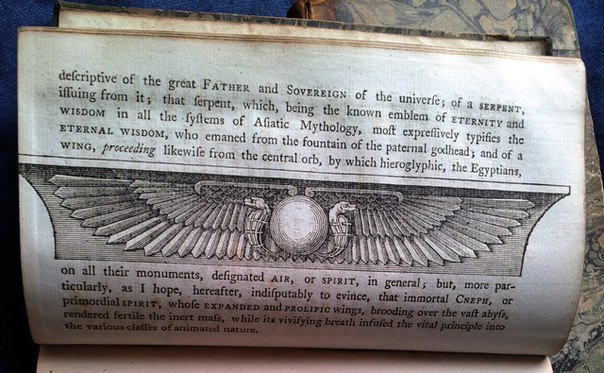
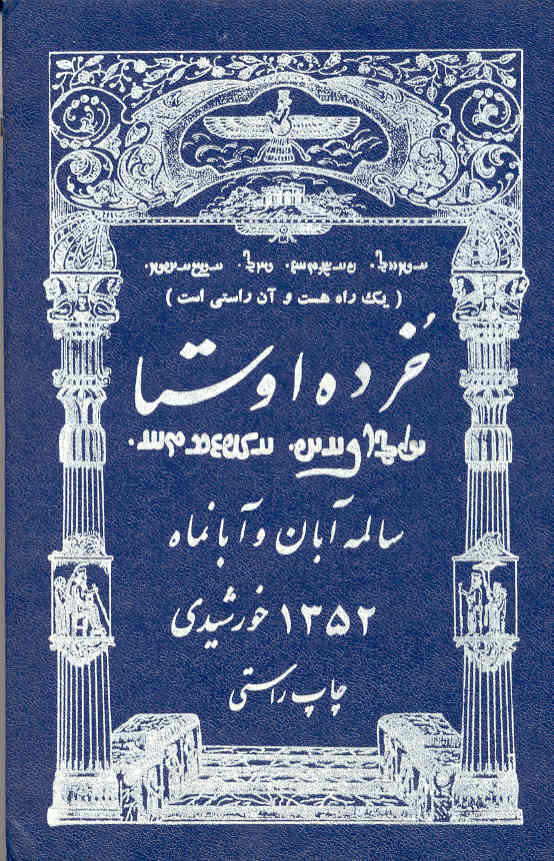
According to the Avesta, the new age will begin with regeneration of the world, with “Miracle-Making”, Frasho-Kereti. The Gathas say the end of the world will represent purifying fire and transformation of life (Frashokereti, Frashegird, Frashogard). A river of fire will separate the pious from the unworthy.
Let’s cite another interesting extract which, we sure, contains a hidden meaning and should not be perceived literally:
Since the first humans, Mashya and Mashyana, lived only on water, then on plants, then on milk, then on meat products, all people, when it’s time for them to die, first stop eating meat, then reject milk and bread, and then they live on water until they die. The same will take place prior to the End of the World: human avidity will decrease, and during the last ten years people will live on water only. Then the Saoshyant will prepare corporal resurrection of the dead.
Zarathustra asked Ahura Mazda, “Where a body will appear from, if it has been taken away by the wind and the river? How will resurrection of the dead take place?”
Ahura Mazda responded, “If I have created the sky with no pillars on the invisible (spiritual) foundation… if I have created the Earth that bears the entire material world… if I have directed the Sun, and Moon and the stars to the airspace of heavenly bodies… if I have created the son in the mother’s womb, as well as skin, nails, blood, eyes, ears, and other parts of the body… then each of my creations has been harder for me than resurrection, since upon resurrection the fact they already exist will help me… If I have created something that didn’t exist, why is it impossible for me to recreate that what’s already in place?”
First the bones of Gayomard will rise, then of Mashya and Mashyana, and then of the rest of humanity. This will last for fifty-seven years, and once everyone resurrects, people will recognise their brothers, parents, wives and husbands. Then people will gather all together, and everyone will see one’s good and evil deeds, and every sinful shall be visible as a white sheep among black sheep. (This information also resembles our time – the time when the Knowledge has appeared, and each person, accepting or rejecting it, first of all faces one’s own and other people’s righteousness or sinfulness. All distortions vanish, thus the essence of every human being becomes visible.) And a sinful one can reproach a familiar righteous person that the latter has not explained to the former the meaning of good deeds, and the righteous will be ashamed. Then the sinful shall be separated from the righteous, and the latter shall be directed to Paradise where they will rejoice in their bodies for three days, whereas the sinful shall be directed to Hell where they will be punished for three days and three nights. Friends and brothers will be separated, and sons will be separated from their fathers, and the righteous will cry over the sinful, and the sinful will cry over themselves.
The Saoshyant will be assisted by fifteen young men and fifteen virgins. (There is no doubt he has assistants, although here something else might be meant... Let’s not philosophize however.) When the serpent Gozihr (the constellation of Draco) falls to the Earth from a lunar peak, the Earth will shrink as a sheep on which a wolf is pouncing. And a river of molten metal will flow, and all people will be forced to enter it and purify themselves. (Here, just like in many other predictions, we see associations with earthquakes and volcanic eruptions.)
One who is righteous will think he or she is going as if in warm milk, while one who’s sinful will go in molten metal. (Indeed, there is nothing to fear for the one who’s righteous in the true meaning of this word, since for such person the end becomes the beginning. Yet, for the one who’s sinful there will be a painful state of subpersonality – “passage through molten metal” as the prediction says.)
Then all people will gather together in great Love and start asking each other, “Where have you been for so many years? What was the judgement over your soul? Were you righteous or sinful?” And all voices will join in a single voice and praise Ahura Mazda. The Bundahishn also mentions that the Saoshyant and his assistants will kill the bull Hadyosh, make a drink of immortality of its fat and Haoma, and give to all people. (The drink of immortality is what endows a human being with bliss, i.e. Enlightenment, fusion with God, immortality not in a physical body, but in the Spirit.)
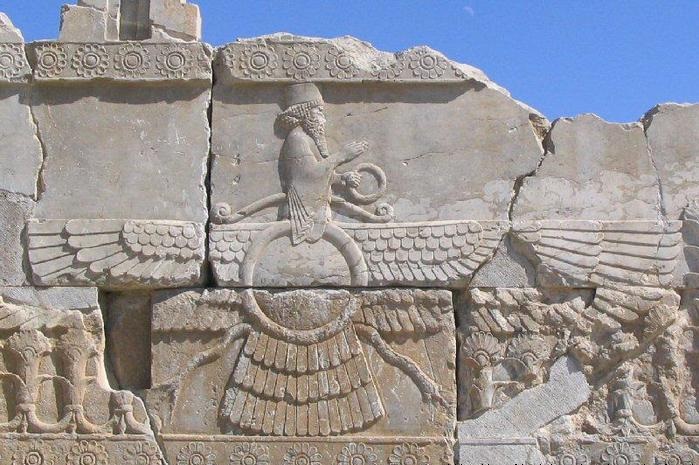
By their contents and semantic principles, the Avestan texts are divided into Old (Gathic) and Younger (a less archaic language and a somewhat different dialect). Now, we would like to refer to one more extract dedicated to the advent of the third Saoshyant (in our opinion, the version presented below is more understandable than the Younger Avestan version). At that, please, particularly notice the highlighted fragments of Yasht 19:
92. When Astvat-Ereta (the Implementer of Righteousness) shall rise up from Lake Kasava [Kasaoya], a friend of Ahura Mazda, a son of Vispa-Taurvairi, knowing the victorious knowledge.
It was that Glory that Thraetaona bore with him when Azhi Dahaka was killed;93. That Frangrasyan, the Turanian, bore when Drvau was killed, when the Bull was killed;
That king Husravah bore when Frangrasyan, the Turanian, was killed; That king Vishtaspa bore, when he victoriously maintained Holiness against the host of the fiends and took off the Druj from the world of the good principle.94. He, with the eye of intelligence, shall look down upon all the creatures of the Paeshish, her of the evil seed: he shall look upon the whole living world with the eye of plenty, and his look shall deliver to immortality the whole of the living creatures.
95. And there shall his friends come forward, the friends of Astvat-Ereta, who are fiend-smiting, well-thinking, well-speaking, well-doing, following the good law, and whose tongues have never uttered a word of falsehood. Before them shall Aeshma of the wounding spear, who has no Glory, bow and flee; he shall smite the most wicked Druj, her of the evil seed, born of darkness.
96. Akem-Mano smites, but Vohu-Mano shall smite him; the Word of falsehood smites, but the Word of truth shall smite it. Haurvatat and Ameretat shall smite both hunger and thirst: Haurvatat and Ameretat shall smite the evil hunger and the evil thirst. The evil-doing Angra Mainyu bows and flees, becoming powerless. For its brightness and glory, I will offer it a sacrifice...
97. Yatha ahu vairya: The will of the Lord is the law of holiness... I bless the sacrifice and prayer, and the strength and vigour of Mount Ushi-darena, made by Mazda, the seat of holy happiness; of the kingly Glory, made by Mazda; of the Glory that cannot be forcibly seized, made by Mazda.
Ashem Vohu: Holiness is the best of all good... [Give] unto that man brightness and glory, give him the bright, all-happy, blissful abode of the holy Ones.
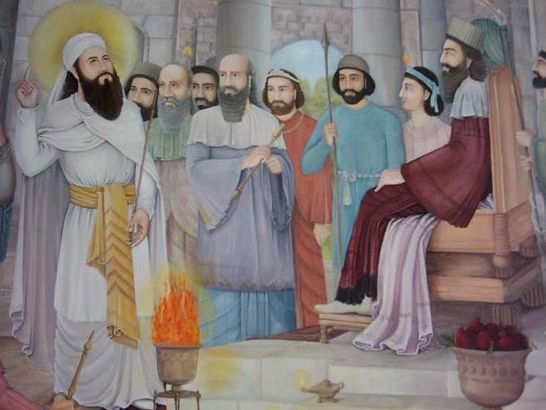
Well, once again we will dare assume the Implementer of Righteousness in no one, but Igor Mikhaylovich Danilov who has come from Lake Kasava / Kasaoya. (The exact location of this lake is unknown, should we disregard the intention of religions to link this place with Iran as mentioned above. Moreover, as we have noticed, adherents of different religions link any prediction on the place of Messiah’s arrival with their own region, country or part of the world.)
“A friend of Ahura Mazda, a son of Vispa-Taurvairi, knowing the victorious knowledge” are definitely bearers of the Knowledge that will simply sweep away everything false and affected, such as material values, distortions and eventually religions as such. As for Vispa-Taurvairi (“the All-Triumphant”), this is most probably Allat – the Generative Feminine Principle.
Then, Verse 95 contains quite clear words about those who will follow Astvat-Ereta, having felt and perceived the Truth for which there can be no barriers.
We have also highlighted the phrase regarding Haurvatat (Wholeness) and Ameretat (Immortality), for it’s the very gist of the Knowledge: having become single with God, and hence with every human being, one gains true immortality.
At that, Ashem Vohu (Good Asha) means the truth, order and righteousness. The kingly Glory (kavaem Hvareno), as we have ascertained, means the primordial and superior fire, the fire of Holy people. Thus, “Ashem Vohu: Holiness is the best of all good… [Give] unto that man brightness and glory, give him the bright, all-happy, blissful abode of the holy Ones.”
Think and analyse, dead friends, but most importantly – feel! Good Asha is very close.
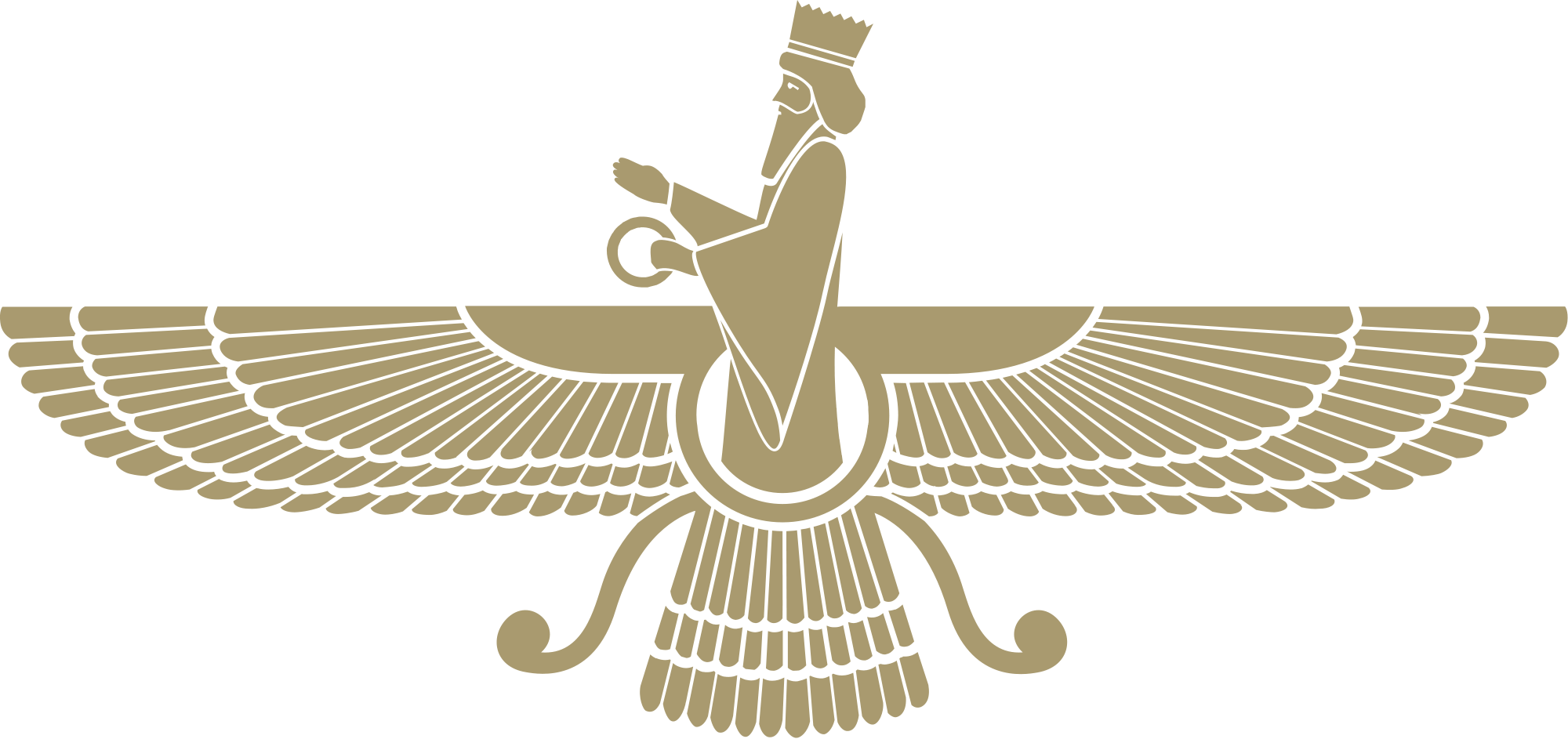
Prepared by Eva Kim and Anna Peace (Russia)
 The future Saviour Astvat-Ereta – the Implementer of the Truth. Zoroastrianism
votes:
342
The future Saviour Astvat-Ereta – the Implementer of the Truth. Zoroastrianism
votes:
342
|

Project Aim










Leave comment